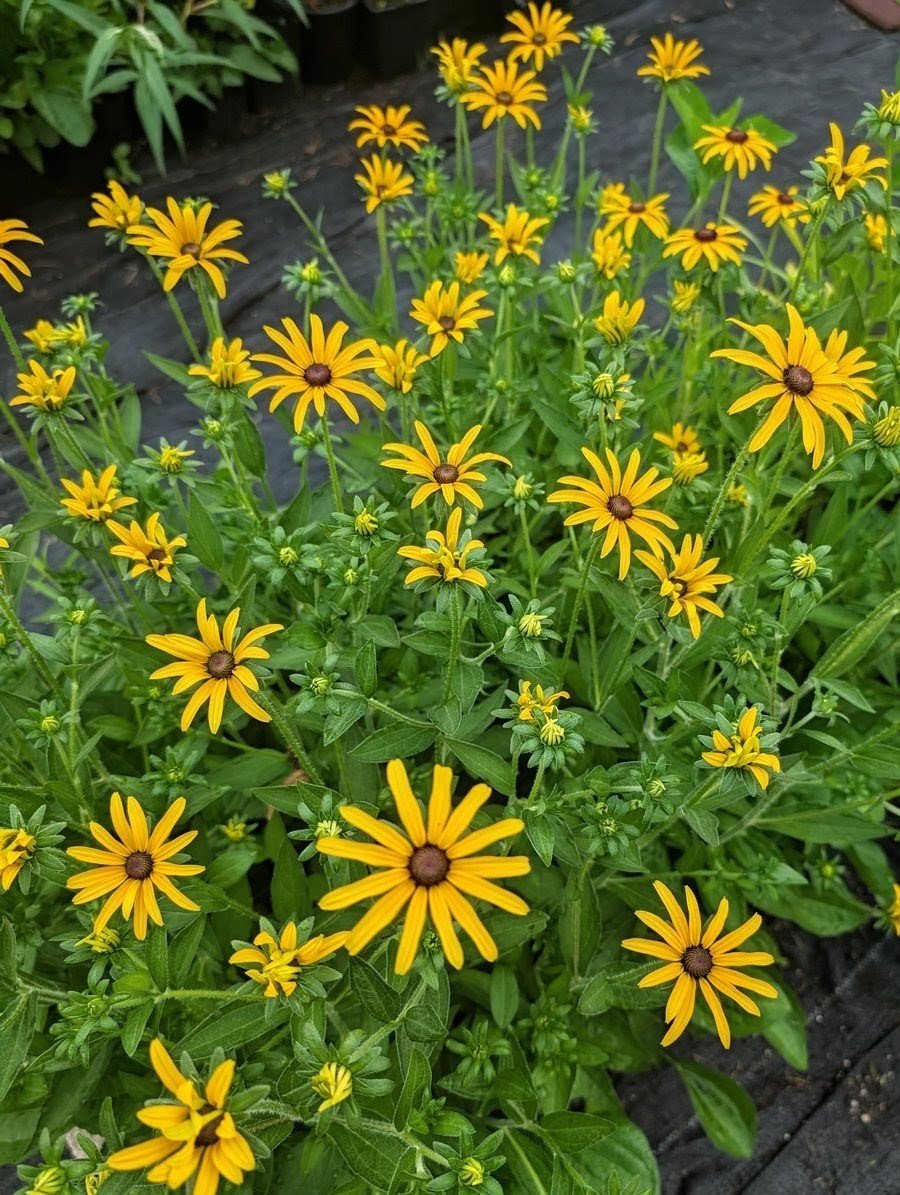Bloom: early to mid-summer
Habitats: abandoned fields; areas along railroads and roadsides; eroded clay slopes; limestone glades; mesic to dry prairies; mesic to dry upland forests (particularly in open rocky areas); miscellaneous waste areas; pastures
Lifespan: annual; biennial
Moisture: slightly moist to moderately dry
Plant type (height): forb (1 to 2.5 feet)
Requirements: full sun
Soil: fertile soil
